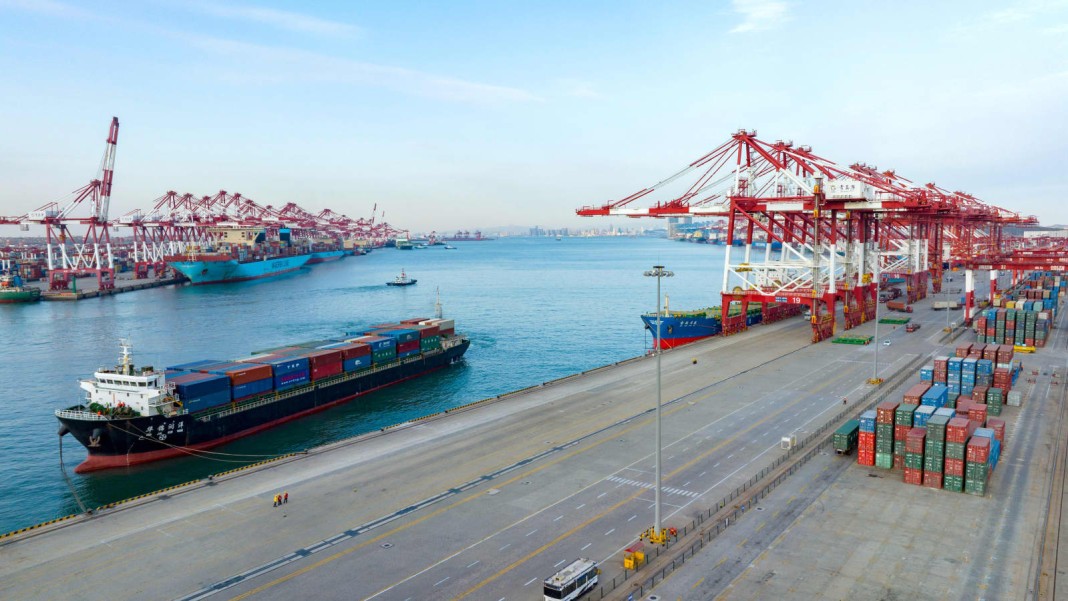China’s March export surge is a fascinating (and telling) development in the escalating US-China trade standoff, especially with Trump’s so-called “Liberation Day” tariffs looming. That 12.4% jump in exports, far surpassing expectations, signals just how responsive Chinese manufacturers are to global trade signals—and how strategically they’re reacting to economic pressure.
This kind of frontloading—rushing to get goods out before tariffs hit—suggests that exporters are bracing for a long and painful tariff war, not a short-term skirmish. It’s a move born out of necessity, and while it’s boosting numbers now, most analysts agree that it’s not sustainable. The warning from economists like Zhiwei Zhang and Julian Evans-Pritchard is clear: a slump is likely coming once these shipments dry up and the new tariffs take full effect.
The tariffs themselves are astonishingly steep—145% on Chinese imports into the US, with China retaliating at 125%. Those are trade-war levels not seen in modern times, and it raises serious questions about how global supply chains, inflation, and diplomatic relations will be affected moving forward.
Meanwhile, it’s interesting that US-bound exports from China still rose 9% year-on-year, even as tensions grew. That shows that demand for Chinese goods in the US remains strong, at least for now—likely because of price or supply dominance in categories like electronics and consumer goods. Trump’s exemptions on tech imports (smartphones, semiconductors, etc.) suggest a partial acknowledgment that the US economy isn’t immune from disruption either.
But China isn’t out of the woods. Despite the bump in exports, imports fell by 4.3%, indicating domestic consumption still isn’t robust. Add to that the ongoing property sector debt crisis, and Beijing has its hands full. The government’s toolkit—rate cuts, debt ceiling hikes, real estate loosening—hasn’t yet sparked the kind of recovery many hoped for.
This tension between short-term resilience and long-term vulnerability sums up China’s current economic balancing act. While it races to meet its 5% growth target, it’s walking a tightrope between external shocks (like trade war escalation) and internal fragilities (such as over-leveraged property developers and underwhelming consumer demand).
What’s your take on this? Do you think Trump’s hardline approach could force real concessions from China, or is it more likely to trigger deeper global economic disruptions?

